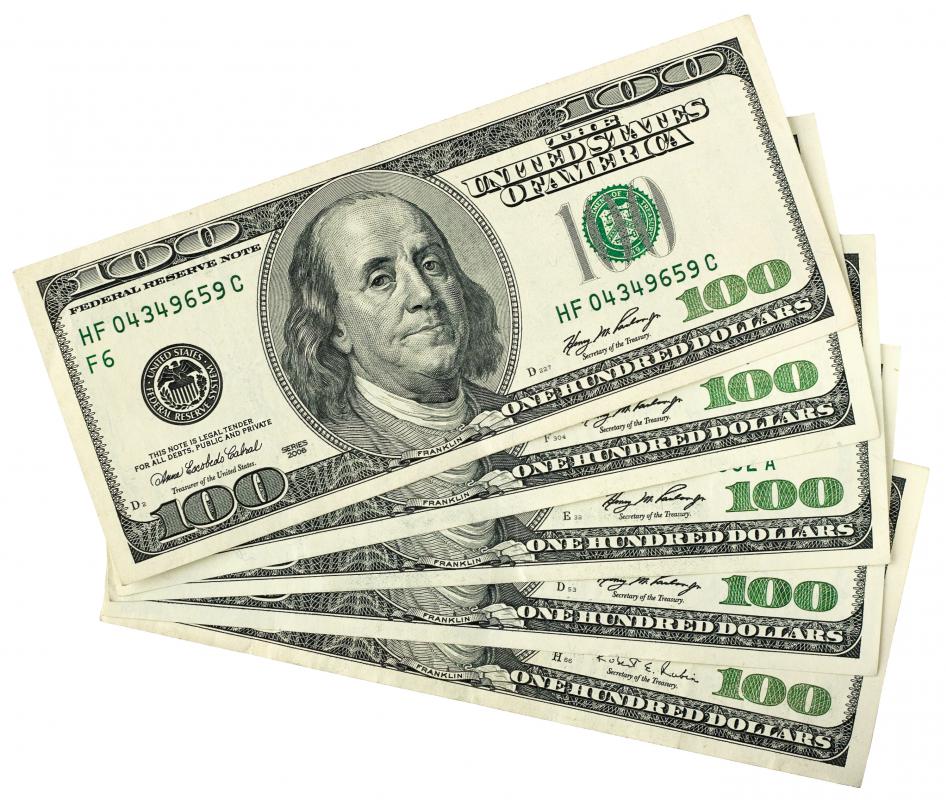At WiseGEEK, we're committed to delivering accurate, trustworthy information. Our expert-authored content is rigorously fact-checked and sourced from credible authorities. Discover how we uphold the highest standards in providing you with reliable knowledge.
What is a Valuation Reserve?
Valuation reserves are essentially allowances that are created by enacting a charge against earnings. The point of the creation of a valuation reserve is to help a business make use of the company’s assets in the event of come change in the value of the holdings of the corporation. The profits that find their way into this type of reserve fund can be called upon in the event that the original worth of the assets of the company are reduced for some reason.
There are a couple of very good reasons to establish and make use of a valuation reserve. One has to do with the reality of accumulated depreciation. Just about every company operates with some assets that will lose value through repeated use, or eventually become obsolete as newer equipment becomes available. Since it is a given that a state of the art piece of equipment will be old news in a few years, making use of the valuation reserve can help to minimize the impact that the incremental depreciation from the original purchase price has on the overall worth of the company. This also helps to position the company so that it becomes feasible to replace the older equipment with newer and more efficient equipment, the task can be completed with relative ease, from an accounting standpoint.

Along with the accumulated depreciation, a valuation reserve can also serve to provide for changes in the company’s assets, such as the accumulation of bad debt. Bad debt may come in more than one form. The debt may come about due to defaults on sale of equipment or other assets to a third party, and where the company is not able to regain control of the assets or equipment. Bad debts can also come about due to the failure of customers to pay for goods and services rendered.
In some cases, the cost of continuing collection efforts can exceed the amount of the outstanding debt. When that happens, many companies will simply take the loss and write it off as bad debt, thus decreasing the total value of the outstanding Accounts Receivable. By creating a charge against those earnings through the mechanism of a valuation reserve, the impact of the bad debt is partially eliminated.
AS FEATURED ON:
AS FEATURED ON:











Discuss this Article
Post your comments